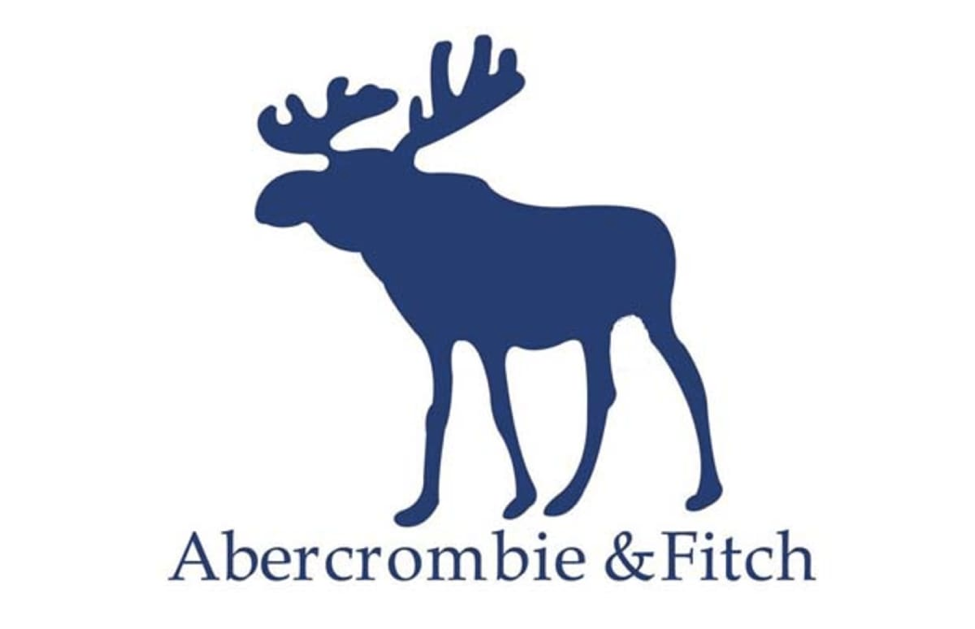By Marie Claire O’Leary
Most Millenials remember a fashion phase around their middle school years that made shopping at stores like Hollister, American Eagle, and Abercrombie & Fitch (“A&F”) a necessity. Throughout the 90s and into the 2000s, companies like A&F found a niche market selling tight-fitting logo t-shirts to teens.[1] Despite its popularity, A&F has been plagued not only by dropping share prices in recent years,[2] but has also faced with multiple lawsuits from disgruntled employees.[3] Most recently, multiple A&F employees filed a class action suit alleging that the retailer implemented a “Look Policy” that required all employees to purchase seasonal A&F clothing.[4] The employee handbook explicitly mandated that employees purchase A&F clothing five times a year to keep up with the store’s “five seasons.”[5] The “Look Policy” even included photos of A&F clothing employees were required to buy.[6] The brand also required its employees to wear specific styles of shoes which included either rubber flip flops or Converse lo-top shoes in specific colors.[7]
Although the company issued this “Look Policy”, A&F did not offer any type of reimbursement for the mandated uniform.[8] Alexander Brown filed one of the multiple class action suits regarding A&F’s “look policy.” The retailer fired Brown because he refused to purchase the “AAA Style Guide” mandated clothing.[9] However, as soon as Brown purchased the clothing, he was rehired.[10] Reed Macy, one of the plaintiffs’ attorneys, recently told Business Insider that A&F benefited from its “look policy” in two ways:
First, coerced employee clothing purchases were a substantial revenue generator, even at the discounted prices charged to employees. Each time a new style guide came out, Abercrombie management pushed employees to buy Abercrombie clothes. Second, Abercrombie’s primary marketing tool that its store personnel wear exclusively Abercrombie clothes, serving as walking billboards for the latest styles and trends so that when Abercrombie’s young customers come into the stores, they see latest Abercrombie look and want to buy those clothes.[11]
Recently, Brown joined Borjorquez, another ex-employee, and the two combined their efforts against A&F.[12] After transferring the combined case to the Southern District of Ohio, the presiding court issued a Joint Status Report, stating that the parties had “reached a final settlement agreement.”[13] The Brown and Borjorquez case is now stayed pending approval. The parties were required to file settlement documents by January 30, 2018.[14] News sources reported that the settlement amounts to $25 million including “a $16.7 million fund to pay out claims from the class and collective members, $7.5 million for attorneys’ fees, $250,000 for costs, and some additional payments for administrative costs.”[15]
Despite its legal troubles, A&F’s retail prospects have been looking better. The clothing brand had better than anticipated holiday sales this past season and it is also benefiting from the recent corporate tax cuts.[16] Furthermore, A&F is undergoing leadership changes during early February as the longtime executive chairman, Arthur Martinez steps down.[17] Martinez noted that, “with the company on a solid trajectory, this is the right time to hand over board leadership to Terry [Burman, leading independent director], who has outstanding credentials as a retail industry leader and is the right person to assume the role.”[18] The famed Moose is far from done.
[1] Philipp Kristian Diekhöner, Innovators No More: Why Apple Could be the Next Abercrombie & Fitch Cautionary Tale, Forbes (Jan. 5, 2018, 3:03 AM), https://www.forbes.com/sites/pkdiekhoner/2018/01/05/innovators-no-more-why-apple-could-be-the-next-abercrombie-fitch-cautionary-tale/#1445b2bd20e1.
[2] Id. (stating that by 2017 A&F shares had reached a seventeen year low).
[3] See Adam Liptak, Muslim Woman Denied Job Over Head Scarf Wins in Supreme Court, N.Y. Times (June 1, 2015), https://www.nytimes.com/2015/06/02/us/supreme-court-rules-in-samantha-elauf-abercrombie-fitch-case.html (reporting that the United States Supreme Court ruled that A&F could not refuse to hire persons who wear specific religious clothing).
[4] Second Amended Class Action Complaint at 4 ¶ 18, Brown v. Abercrombie & Fitch Co., (C.D. Cal. 2014) (No. 2:14-CV-01242-GAF-VBK).
[5] Id.
[6] Id.
[7] Id.
[8] Id.
[9] Id.
[10] Id.
[11] Mallory Schlossberg, Huge Lawsuit Against Abercrombie Got a Big Boost Grom a California Judge, Bus. Insider (July 28, 2015, 6:08 PM), https://www.businessinsider.com/abercrombies-massive-class-action-lawsuit-2015-7.
[12] See Order at 1-2, Brown et al v. Abercrombie & Fitch Co., (S.D. Ohio 2017) (No. 2:17-cv-1093).
[13] Id.
[14] Id.
[15] Kat Greene, Abercrombie Shells Out $25M to End Worker Clothing Suits, Law360 (Jan. 26, 2018, 9:36 PM), https://www-law360-com.proxy.wcl.american.edu/articles/1006500.
[16] Nathan Bomey, Abercrombie & Fitch Plans ‘Significant’ Tax Repatriation After Trump Tax Reform, Posts Holiday Sales Boost, USA Today (Jan. 22, 2018, 8:47 AM), https://www.usatoday.com/story/money/2018/01/22/abercrombie-fitch/1053119001/.
[17] Id.
[18] Id.


